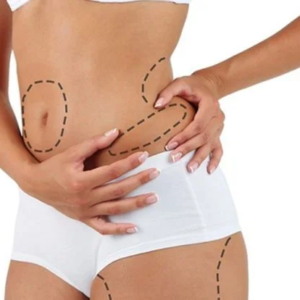What is sclerotherapy?

Sclerotherapy consists in triggering the sclerosis of varicose veins or varicosities by injecting sclerosing agents, usually foam. It aims to deteriorate or reduce their size in order to eliminate the pain and discomfort they cause. If you also have varicose veins that make you suffer, that affect your well-being or that undermine the aesthetics of your members, approach the firm HBY which will welcome you for a consultation. Dr. Heyfa Ben Youssef and his team of phlebologists will estimate the extent of varicose veins to be treated and will propose the appropriate solutions for the treatment of your sclerotherapy.
Are all people suffering from varicose veins affected by sclerotherapy?
According to statistics, about 35{f836da2089c4f6ac041f592a32b2c3a6b29da20f6bd03832a46b7a74d907c6fd} of adults have varicose veins and the majority of them are women. On the one hand, there are people who have large varicose veins in their limbs and that often cause them itching, pain, cramps, or even discoloration of the skin. On the other hand, there are those with spider veins, spider veins that are smaller and seem less severe than large varicose veins. All forms of varicose veins may nevertheless be treated for the purpose of suppressing them. For example, an operation of sclerosis of the legs is carried out for aesthetic purposes or for the purpose of no longer having heavy legs.
Difference between angiologist and phlebologist
On the internet, you will surely discover that the angiologist and the phlebologist are both specialists in the field of diseased veins. The main difference between angiologist and phlebologist is the field of specialization. If the angiologist is destined rather in the care of the veins and the blood vessels, the phlebologist, him, ensure the interventions like the treatment of the various by foam.
On which parts of the body is sclerotherapy performed?
The thighs, legs, stomach are usually the areas most affected by varicose veins. If you want to remove them, you must do a screening because your doctor needs to know the size of the damaged veins. It must also prevent all forms of complications due to intolerance to sclerosing agents such as allergies, thromboses, necrosis, etc.
How is sclerotherapy performed?
Your doctor will inject varicose veins into the sick veins on the day of your appointment. The preparations may seem impressive, however, be aware that this operation is completely painless and is performed without anesthesia. An ultrasound can be performed before and during the procedure for the phlebologist to determine the depth of the damaged vein. The latter then proceeds to the injection of sclerosing agents after disinfection of the area to be treated. The injected foam is often composed of polidocanol, sodium tetradactyl sulphate, and hypertonic saline solutions. For sclerotherapy this substance has the role of blocking the walls of the damaged vein so that it resorbs. It will be absorbed by the body over time and become invisible. In general, the operation can last from 15 minutes to one hour. Sclerosis varicosities usually occur in 2 or 3 sessions. Finally, your doctor may ask you to wear compression stockings for 5 days to a week.
What are the likely side effects?
Some side effects may occur after the procedure. It is possible that you feel tingling, burning sensation in the treated vein or minor cramps. These discomforts are sometimes minimal and disappear after a few days. Lastly, inspection visits are carried out regularly during the year following the operation.




